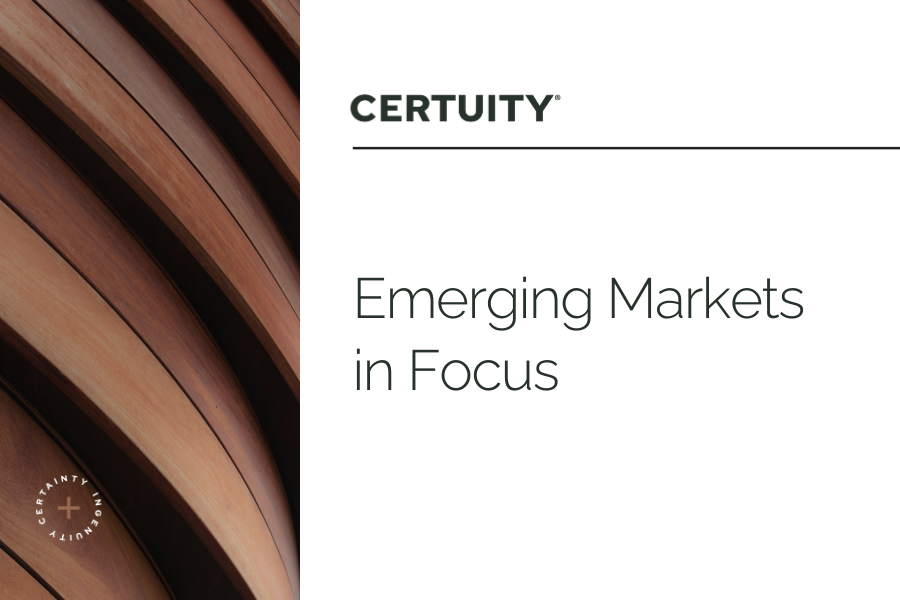
The global economic landscape just might be undergoing a profound transformation right now. More energy and momentum is shifting toward dynamic emerging markets, potentially reshaping the world’s economic order over time. This shift is being driven by demographic advantages, rapid technological adoption, strategic policy pivots, and robust investment flows.
Emerging Markets: The New Growth Engines
Emerging markets are arguably no longer just the promise of tomorrow. They have become the growth engines of today. According to the International Monetary Fund, emerging and developing economies are projected to grow at an average rate of 3.7% in 2025, significantly outpacing developed economies, which are expected to grow at just 1.4%. By 2035, emerging markets are forecast to contribute about 65% of global economic growth, with Asia-Pacific countries such as China, India, Vietnam, and the Philippines leading the charge.
What’s Driving the Momentum?
Demographic Advantages
- Most emerging markets benefit from younger populations and expanding labor forces, fueling both production and consumption.
- This demographic dividend is expected to persist through the next decade, supporting sustained economic expansion.
Technological Leapfrogging
- Emerging economies are rapidly adopting new technologies, driving innovation in sectors like artificial intelligence, fintech, and renewable energy.
- Significant financial commitments; such as the U.S. pledge of $500 billion to AI infrastructure signal strong investor confidence in these markets.
Policy Shifts and Regional Self-Reliance
- Rising protectionism and policy unpredictability in the U.S. and Europe are prompting emerging markets to pursue greater self-sufficiency and regional cooperation.
- China, for example, is pivoting from export-led growth to domestic consumption, while other markets are investing in infrastructure and industrial policy.
What are the Challenges?
Resilience Amid Global Uncertainty
- Emerging markets have maintained a growth streak despite global headwinds, such as trade tensions and monetary tightening.
- However, growth rates have softened in early 2025, reflecting broader global trends and ongoing uncertainties, including inflation and currency volatility.
What are the Opportunities?
Income Convergence and Investment Potential
- While emerging markets are set to drive global growth, income per capita will still lag behind advanced economies; projected to reach just 37% of advanced economy levels by 2035.
- Nonetheless, these markets offer significant investment opportunities, with over $10 trillion in private sector investment expected by 2030, particularly in technology and sustainability sectors.
A Multipolar Economic Order
The rise of emerging markets is fostering a more multipolar world, with economic power increasingly distributed across Asia, Africa, and Latin America. Traditional powers must adapt to this new reality by engaging with and investing in these regions. This transition is not a retreat from globalization, but rather its evolution into a more balanced and resilient system.
Final Thoughts and Takeaways
The shift in global economic power toward emerging markets is not just a trend. It is the defining economic story of our era. As these markets continue to innovate, attract investment, and expand their influence, they are poised to shape the future of the global economy. For investors, policymakers, and businesses, understanding and engaging with this shift is essential to seizing the opportunities of the next decade.